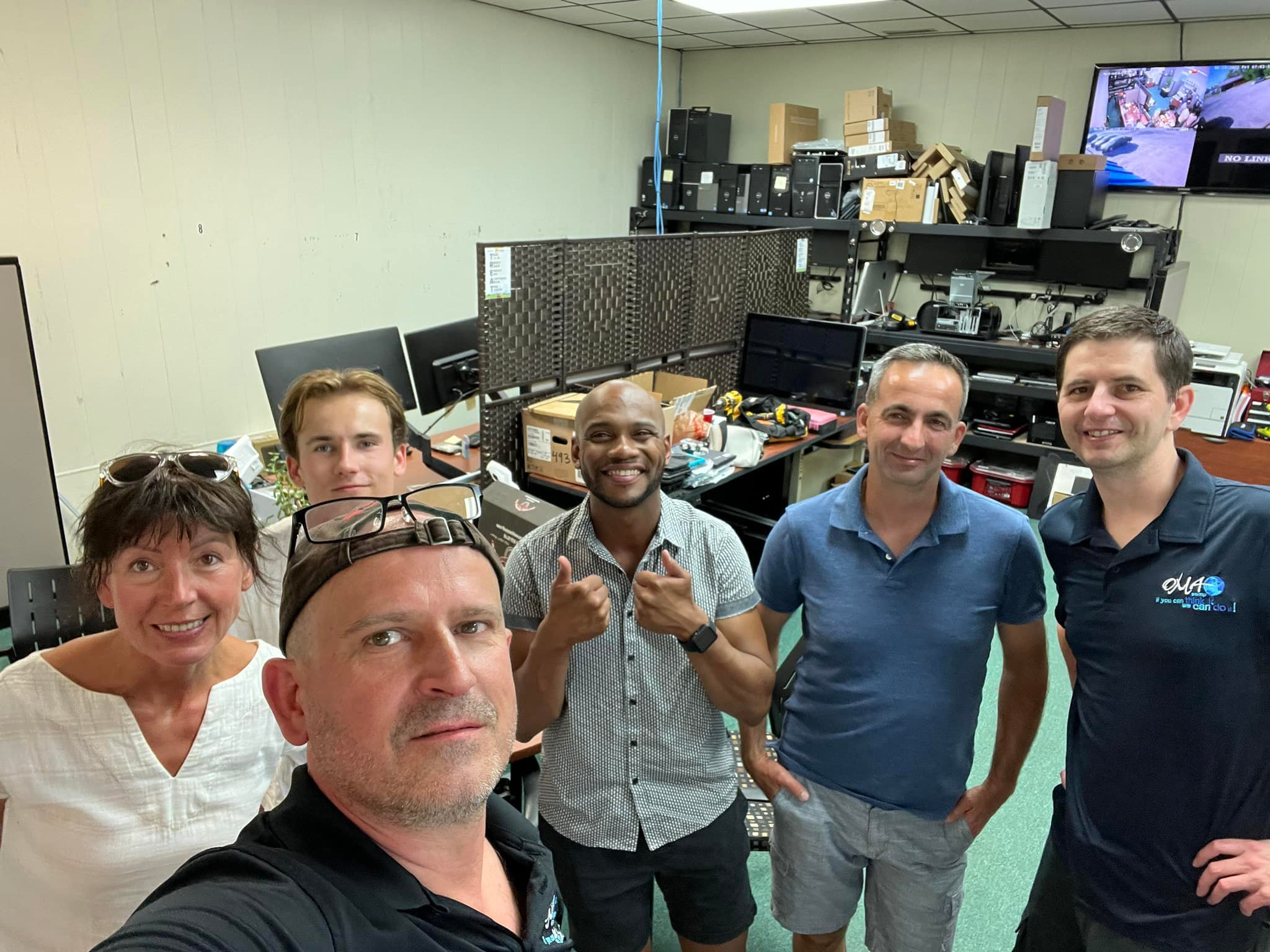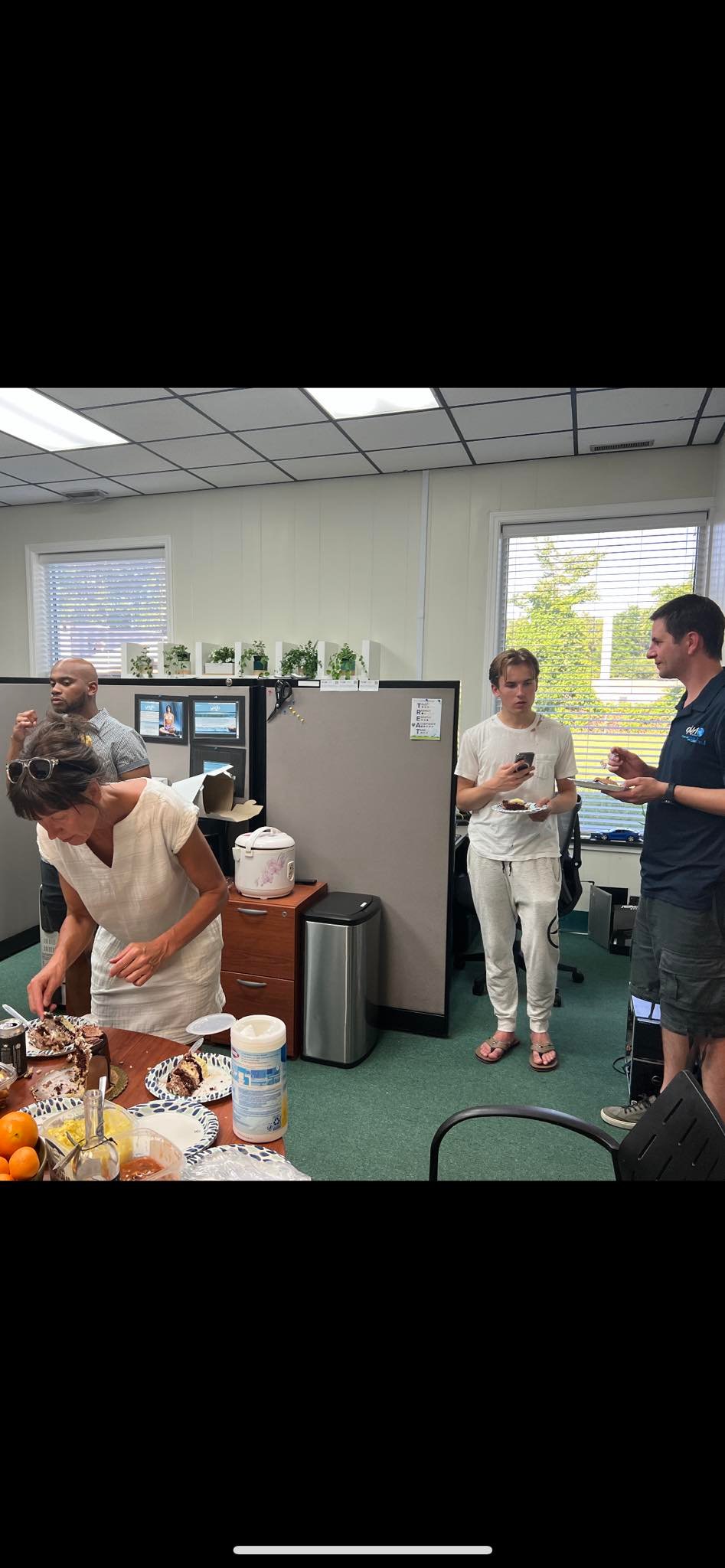Orest and Chris recently met in Flint, Michigan, to discuss the exciting future of Lighthouse Boat Hauling, a company experiencing rapid expansion. Currently operating with two trailers, the business is gearing up for significant growth, aiming to scale its fleet to five trailers to meet increasing demand.
During their meeting, they focused on key digital strategies to enhance the company’s online presence. With the recent website redesign, Lighthouse Boat Hauling is now better positioned to attract and convert potential customers. Their discussion delved into ongoing optimization efforts, ensuring the site is fully optimized for SEO, user experience (UX), and mobile responsiveness to maximize organic reach.
Beyond traditional paid advertising on Google and Facebook, they explored diversified digital marketing approaches, including:
✅ Advanced SEO strategies to improve rankings and drive organic traffic
✅ Social media engagement to build brand awareness and trust
✅ Content marketing with informative blogs and industry insights
✅ Email marketing campaigns to nurture leads and customer relationships
✅ Local search optimization to target key markets effectively
By leveraging the expertise of OMA Comp, Lighthouse Boat Hauling is set to navigate its digital transformation smoothly, ensuring sustained growth and a competitive edge in the industry. This partnership underscores the power of strategic marketing and technology in scaling businesses efficiently.











